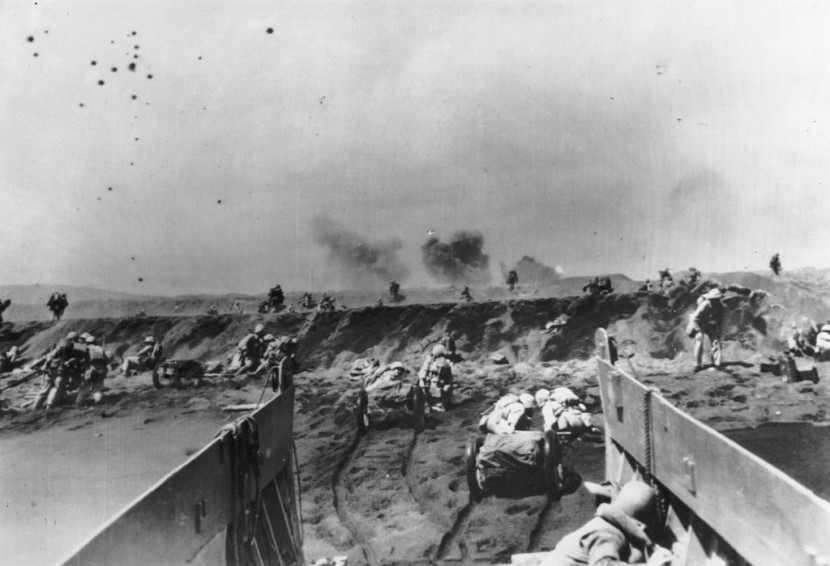
The WW2 ghost ships of Iwo Jima are now visible after the bottom of the sea rose following a volcano's tremor. During World War 2, they were sunk by the US Navy with the iron hulks seen after 1945.
It was the site of bitter fighting where US marines died by the dozens trying to storm Japanese defenses. At the same time, 24 ships were captured in the final days of 1945, when the US destroyed vessels, sinking them to the depths.
Fallen vessels were seen after many years
The satellite pictures reveal the ocean floor still exposed by geologic activity. On the beach are the ruins of the 24 transport ships used before the fall of Iwo Jima, reported the Sun UK.
These images showing the wreck out of the water were released by Nippon news, causing all this geologic activity in the local Mount Suribachi on the island's western side.
Like Atlantis rising from the sea, the hulks are on volcanic ash. Seismic movements can cause uplift or down lift of the Earth's surface.
The use of the capture transports forms a port that the Japanese would use to invade the US Marines' upcoming assault to uproot the Japanese defenders.
Ghost ships used to build artificial breakwater
US Marine engineers used WW2 Ghost Ships of Iwo Jima to form an artificial breakwater formation, and typically one is made of stone or woods to shield harbors from excessive waves. Or, in this case, to keep American boats covered while they brought down troops and equipment, cited Future trends.
The volcanic island was valuable to the US then because it was a jump point to Tokyo. Many of their bombers lacked the range to get there due to immense distances. The US needed an airfield for such a purpose.
A battle raged that caused cause the deaths of its 20,000-man garrison, with just 216 Japs left alive. American marines had their share of casualties as well because the defenders fought to the last second.
An estimated 7,000 died on the beaches and many parts of the island to suppress the defenders who would not let up.
The historic fall of Iwo Jima now evident in the shipwrecks
Of all the iconic moments in the fight against Japan, the Iwo Jima conquest was incredibly hard-fought, and the almost impregnable island fell. It set up the famous flag put up by the Marines on the peak of Mount Suribachi, also known as Mt. Sunovabichi.
The volcano is about 554 feet up and is listed in the top 10 dangerous in the whole of Japan. Most of the year, no one lives on the island but for the Japanese military with a detachment that has been stationed since 1968.
According to Setsuya Nakada of the Volcano Research Promotion Centre, the discolored areas have spread out, which is a sign that magmatic activity is not over yet, noted the Daily Mail. He added a colossal eruption could happen to Mt. Suribach, any time.
At ten volcanic eruptions in the past, another name for Iwo Jima is Sulphur Island, with the last eruption in 1982, said the Oregon State University.
Japan is one of the most active places on earth. The Ring of Fire speckles the Pacific Ocean, WW2 Ghost Ships of Iwo Jima were raised in this general area.
Related Article : Older Volcanoes That Erupt Less Often Produce More Dangerous Explosions, New Research Reveals
© 2025 HNGN, All rights reserved. Do not reproduce without permission.








